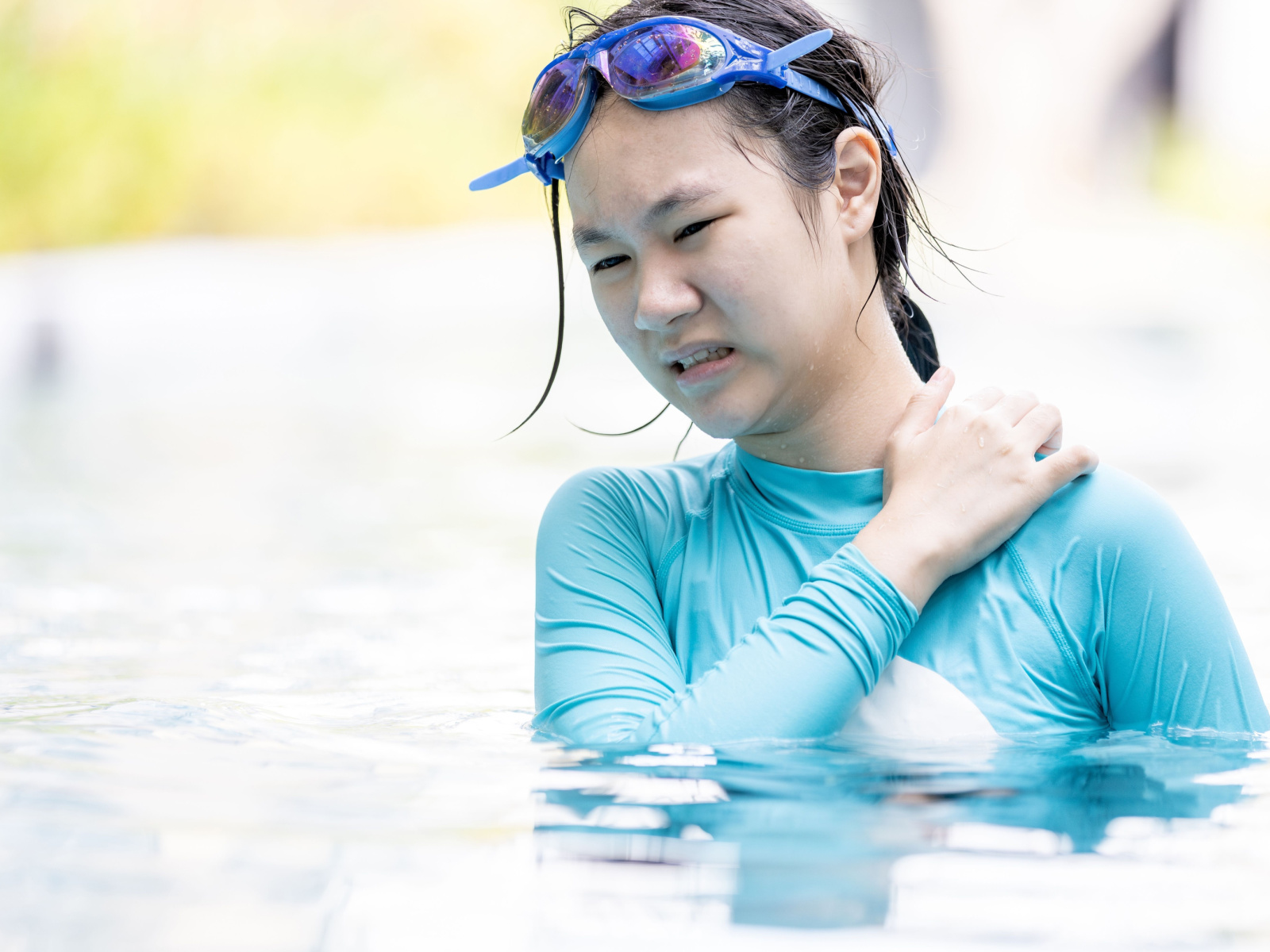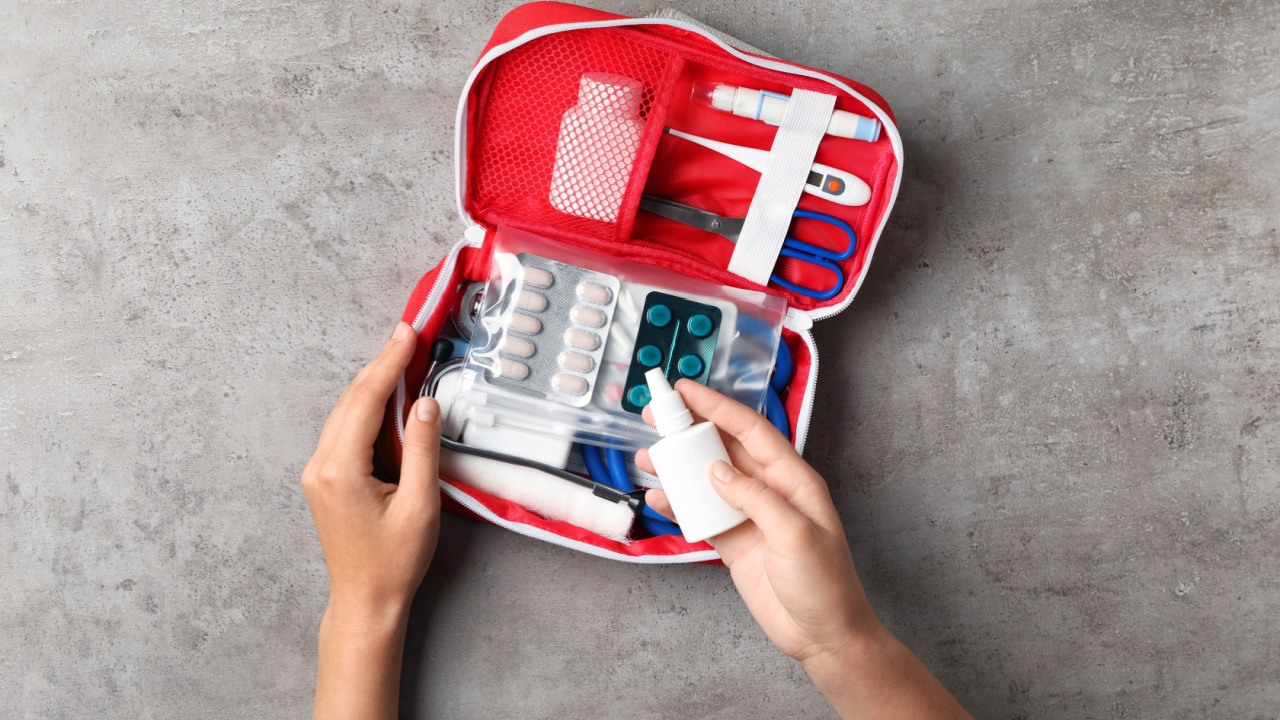
When you find yourself in a critical scenario, your ability to assess the situation effectively can determine the success of your survival.
Begin by ensuring that you’re safe before attempting to aid others.
Check for hazards such as fire, toxic gas, or unstable structures. Remember, you can’t help anyone if you become a victim yourself.
Once you are safe, understand the environment you are in and the severity of the situation.
You can then begin assisting others in need with basic and more advanced medical care.
2. CPR

CPR, or cardiopulmonary resuscitation, is an essential first aid skill that can mean the difference between life and death.
If you encounter someone whose heartbeat and breathing have stopped, your immediate response with CPR can sustain them until professional help arrives.
Taking first aid courses to practice and understand CPR is highly recommended.
Hands-only CPR, which focuses solely on chest compressions, is an alternative method endorsed by the American Heart Association for those without training.
And don’t make the mistake of taking one class and thinking you know CPR. You must continually educate yourself to remember all the steps without thinking.
3. Basic Wound Care

When dealing with injuries, knowing the basics of wound care to prevent infection and promote healing is crucial.
Always begin by washing your hands and wearing latex gloves to maintain cleanliness.
For minor wounds, clean the wound with mild soap and water and apply an antibiotic ointment to reduce the risk of infection.
Finally, cover the wound with a sterile bandage or gauze to protect it.
Apply firm pressure with a clean cloth or gauze for several minutes for severe wounds involving heavy bleeding.
If bleeding does not stop, a tourniquet may be necessary, but only as a last resort because it can cause tissue damage if not used properly.
4. Controlling Bleeding

Your ability to act quickly is crucial in a medical emergency where bleeding occurs.
Heavy bleeding can lead to shock or serious blood loss, so knowledge of how to control it is a critical first-aid skill for any prepper.
Three major types of bleeding are arterial, venous, and capillary.
Arterial bleeding is the most severe.
You can recognize it by the red blood spurting with the heartbeat.
Applying direct pressure with gauze or a clean cloth is the first step.
Hold pressure continuously and, if needed, use a tourniquet, but only as a last resort due to the risk of tissue damage.
Venous bleeding has dark red blood that flows steadily.
Much like arterial bleeding, direct pressure with a clean bandage is essential. Elevate the wounded area above the heart if possible.
Capillary bleeding is usually less severe and involves minor wounds oozing blood. Clean the wound, apply an antiseptic if available, and cover with a sterile bandage.
5. Treating Burns

When you encounter a burn, your priority is to assess the situation calmly.
You can categorize burns into three types: first-degree, second-degree, and third-degree, each requiring different first aid skills.
First-degree burns affect only the top layer of skin; second-degree burns affect both the outer and underlying layers of skin, and third-degree burns involve all layers of skin and underlying tissues.
Because of increasing severity, each one requires different treatment.
For first-degree burns, cool the burn under running water for at least 5 minutes and apply a moisturizing lotion.
For second-degree burns, run cool water over the burn for 15 minutes.
Do not pop blisters, as they protect against infection. Loosely cover the burn with a sterile, non-stick bandage.
Do not remove clothing stuck to the burn or submerge it in cold water for third-degree burns. Instead, cover the burn with a cool, moist, sterile bandage or clean cloth.
6. Managing Fractures and Sprains

When dealing with a fracture or sprain, your immediate goal is immobilizing the area without causing further harm.
Do not attempt to straighten a bent or deformed limb. Avoid moving the person unless absolutely necessary, especially if you suspect a spine or neck injury.
Handling a sprain involves care aimed at reducing swelling and pain. You should use the RICE method: rest, ice, compress, and elevate.
7. Recognizing and Responding to Shock

Shock is a life-threatening condition where the circulatory system fails to supply enough blood to the body’s vital organs.
Symptoms of shock include pale, cold, clammy skin, rapid heartbeat, and a weak pulse.
Other symptoms could include nausea, vomiting, dizziness, fainting, and confusion or disorientation.
If you suspect someone is in shock, acting quickly is important. Ensure their safety and have the person lie down with their legs elevated unless you suspect a head, neck, or back injury.
Then, cover them with a blanket to help retain body heat. Do not give them anything to eat or drink.
8. Choking Response

If you encounter someone choking, quick action using the Heimlich maneuver can save a life.
There are different methods for adults and children over one year of age compared to those under one year old. Because of this, you must take CPR courses for both groups.
Remember, choking can be silent, and the person may not be able to cough forcefully enough to dislodge the object.
9. Assisting with Breathing Difficulties

When faced with an emergency involving breathing difficulties, your priority is to ensure an open airway and monitor the person closely.
Your first step is to help the person find a comfortable position to maximize air intake, like sitting upright. Then, loosen any tight clothing around the neck or chest.
Work with them to remain calm, as this can help to get their breathing back under control. If they take medication, like an asthma inhaler, be sure they use it.
If the person’s condition begins to deteriorate, call for emergency medical help.
10. Recognizing and Managing Allergic Reactions

Allergic reactions can vary from mild symptoms like hives and itching to severe reactions like anaphylaxis. It’s essential to recognize the signs and take prompt action.
Mild symptoms include redness or rash on the skin, itchy skin or eyes, and sneezing or nasal congestion.
You can often take an antihistamine to alleviate symptoms in a mild reaction.
Severe symptoms include difficulty breathing or noisy breathing, tongue or throat swelling, hoarseness or difficulty talking, and dizziness or fainting.
For a severe reaction, you may need to use an EpiPen.
11. Understanding and Administering Medications

In most cases, over-the-counter medications are enough to alleviate symptoms. However, it is important to use the proper medications.
For fever and pain, Tylenol (acetaminophen) or ibuprofen is ideal. Simply follow the instructions, typically one pill every six to eight hours.
For diarrhea, Imodium (loperamide) works best. However, you often want to wait a few days to allow symptoms to pass, as this is how your body removes pathogens.
Antacids such as Tums or Rolaids can neutralize stomach acid and provide quick relief for indigestion and heartburn.
Stock your first aid kit with these items and familiarize yourself with the usage and dosages so you are ready to use them.
12. Basic Life Support for Infants and Children

Dealing with basic life support for infants and children requires specialized knowledge and techniques due to their unique anatomical and physiological differences compared to adults.
It’s crucial to understand that their airways, bones, and vital organs are smaller and more delicate, necessitating gentle and precise handling during emergencies.
If you have young children, you should take training courses such as Pediatric First Aid and CPR to have the necessary skills and knowledge to recognize and respond to emergencies.
13. Dealing with Hypothermia and Hyperthermia

In a survival situation, particularly in the wilderness, understanding how to deal with hypothermia and hyperthermia could be life-saving.
Hypothermia occurs when your body loses heat faster than it can produce it, dropping below 95°F (35°C).
To assist someone in this condition, do your best to keep them warm by moving to a warm place, replacing wet clothing with dry ones, and insulating the person from the cold ground.
If they are conscious, give warm, sweet, non-alcoholic beverages to help increase body temperature.
Hyperthermia or heat stroke when your body overheats. It can occur rapidly in extreme heat without proper hydration.
To help someone with this condition, move them to a cooler, shaded area or indoors with air-conditioning and remove excess layers to help decrease body temperature.
Ensure the person drinks plenty of water if they’re conscious.
Finally, use cool cloths or water to dampen the skin and fan to promote evaporation.
14. Managing Head and Spinal Injuries

When faced with head or spinal injuries, your immediate actions can have a significant impact.
Knowing the specific first aid skills is crucial in a situation involving potential trauma to the head or spine.
First, you want to assess the situation. Ensure the environment is safe for both you and the injured person. Remain calm and assess the severity of the injury.
If you suspect a spinal injury, it’s vital not to move the individual unless it’s absolutely necessary. Keep the person’s head, neck, and back aligned while waiting for emergency medical services.
Watch for symptoms like clear fluid leaking from the nose or ears, altered consciousness, periods of unconsciousness, unusual head or neck positions, or vision changes.
To prevent further injury, keep the person still and lying down.
You can provide comfort without causing further movement. Cover them with a blanket to conserve body heat if they are responsive and breathing.
If they’re wearing a helmet, leave it on, as removing it can potentially worsen the injury.
15. Communicating with Emergency Services

Even knowing all of the above tips, it is still critical you get in touch with emergency services as they have the advanced skills and training for serious injuries.
But there is more to this than simply calling for help. You want to ensure the emergency responders have all the necessary information to respond accordingly.
First and foremost, remain as calm as possible. Your clear-headedness can ensure you exchange accurate information.
Next, be ready to provide specific details. Where are you? What happened? How many people are involved? Are there any immediate dangers?
Finally, stay on the line until you’re told it’s okay to hang up. Emergency operators might guide you through vital first aid steps or update you on the response team’s arrival time.
20 Crucial Supplies for Surviving a Societal Collapse

In the face of uncertainty, being well-prepared gives you at least some degree of control and security. The thought of a societal collapse, while extreme, prompts us to consider how we might endure without the conveniences of our current lifestyle. Here’s a list of 20 essential items that could prove indispensable in such a scenario. This guide isn’t about succumbing to fear but embracing preparedness and resilience.
14 Essential Canned Goods for Your Emergency Pantry

I firmly believe in keeping a well-stocked emergency pantry. While fresh food is ideal, in a survival situation, we may not be that lucky. So, for my family, even though we grow a lot of our own food, canned goods play a crucial role in emergency preparedness. They offer a reliable source of nutrition when access to fresh produce may be limited. The goods you stockpile should be affordable, easy to store, and full of nutrition.
Best Regions in the U.S. to Escape to When Society Collapses

Choosing a refuge in the event of societal collapse involves weighing the pros and cons of each location against your personal preparedness goals and abilities. Whether you’re drawn to the solitude of the desert or the protective heights of the mountains, the key is finding a place that offers safety and the opportunity for growth and renewal.
